If you are unable to change the desktop background on your Windows computer, it is likely that changing of desktop background has been disabled on your device.
You can confirm this by going to the Personalization Settings screen on your computer, where you may see “Some settings are managed by your organization” or similar message.
If you do not see any error message, the problem might be due to Installation of Windows operating system on your computer not being activated or due to Show Desktop Background image option being disabled.
Unable to Change Desktop Background in Windows 11/10
If you are using the Home Edition of Windows, the option to change Desktop Background can be enabled by using Registry Editor.
In the case of Windows Pro and the Professional Edition of Windows, the option to change Desktop Background needs to be enabled using Group Policy Editor.
1. Enable Changing Wallpaper in Registry
If you are using the Home Edition of Windows, changing of Desktop Background can be enabled or disabled using the Registry Editor.
1. Right-click on Start button and click on Run.
2. In the Run Command window, type Regedit and click on OK.
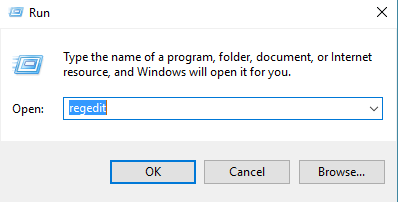
3. On the Registry Editor Screen, navigate to
HKEY_CURRENT_USER\SOFTWARE\Microsoft\Windows\ CurrentVersion\Policies\ActiveDesktop and double-click on NoChangingWallpaper.
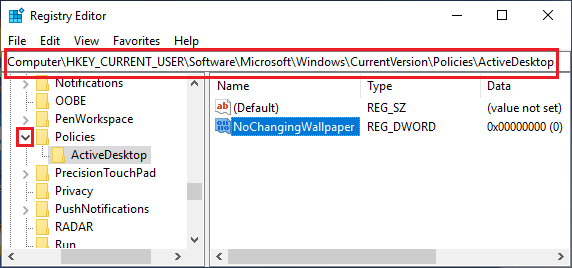
4. In the Edit DWORD pop-up, set the Value data to 0 and click on OK.
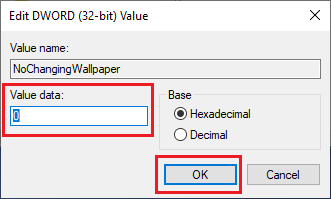
5. Restart your computer to apply this change and see if you are now able to change Desktop Background.
2. Enable Changing Desktop Wallpaper in Group Policy
If you are using the Professional Edition of Windows, changing of desktop background canbe enabled and disabled using the Group Policy Editor.
1. Open Run Command.
2. Type gpedit.msc and click on OK.
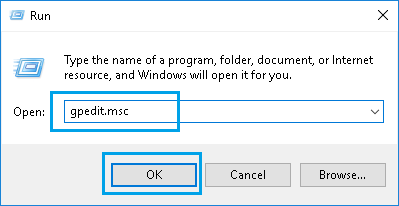
3. On Group Policy Editor screen, navigate to User Configuration > Administrative Templates > Control Panel > Personalization and Double click on Prevent Changing desktop background policy.
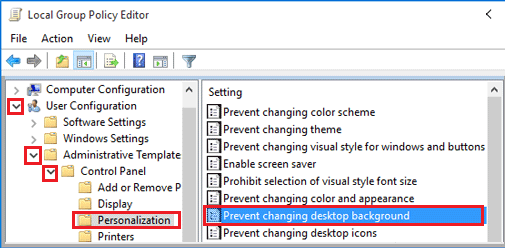
4. In the pop-up, make sure that Not Configured or Disable option is selected.

After this, you will be able to change the desktop background image on your computer.
3. Check Windows Activation Status
As mentioned above, the problem could be due to the installation of Windows operating system on your computer not being active or activated.
1. Go to Settings > System > click on the Activation tab in right-pane.
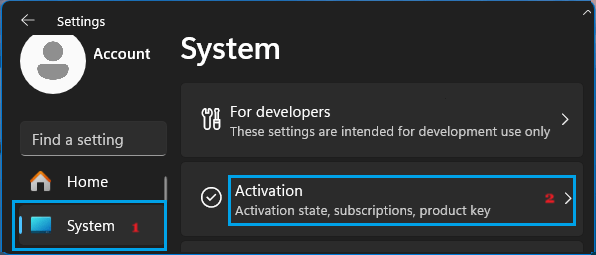
2. On the next screen, you will be able to see the activation status of Windows installed on your computer.
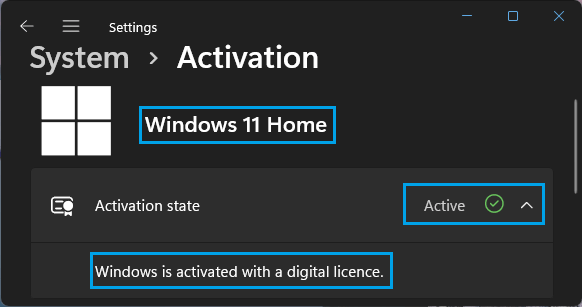
Windows 10: Go to Settings > Update & Security > Activation > In the right-pane, make sure Windows 10 operating system on your computer is activated.
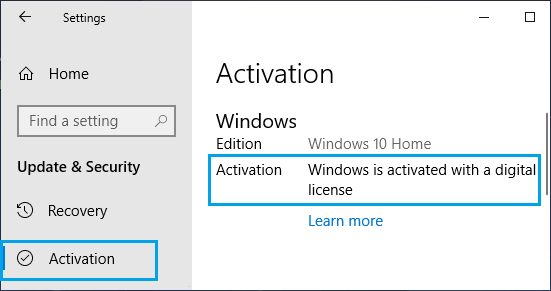
4. Check Ease of Access Settings
If you are looking at a black or dark desktop background on your computer, the problem is most likely due to Show Desktop Background Image being disabled in Ease of Access Settings.
1. Open Settings > click on Ease of Access Icon.
2. On the next screen, select Display in the left-pane. In the right-pane, make sure that Enable Show Desktop Background image option is enabled.
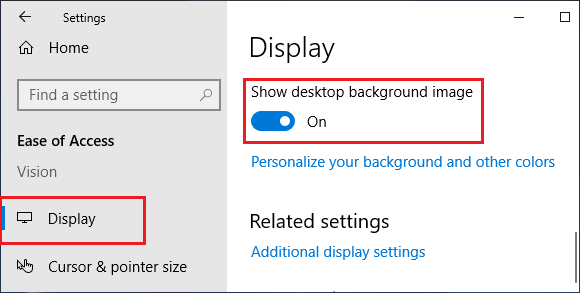
If this did not help and you are still looking at dark or black background on your computer, you can refer to this guide: How to Fix Black Desktop Background in Windows 10.